Even if you are not a street art lover, most probably you have heard and seen a picture of Dmitry Vrubel’s painting Kiss or in full name “My God, help me survive this deadly love,” which depicts Soviet leader Leonid Brezhnev locked in a passionate kiss with his East German counterpart Erich Honecker. It is the most popular artwork of the East Side Gallery in Berlin. This 1,316 metres long gallery has artworks of more than 100 artists from all over the globe. It is probably the brightest wall in Berlin, but it marks a dark past of the city. During the Cold War, it was part of the border separating East and West Berlin for 28 years until November 1989. Ten people died while trying to flee the communist country in the section that was later turned into the East Side Gallery memorial.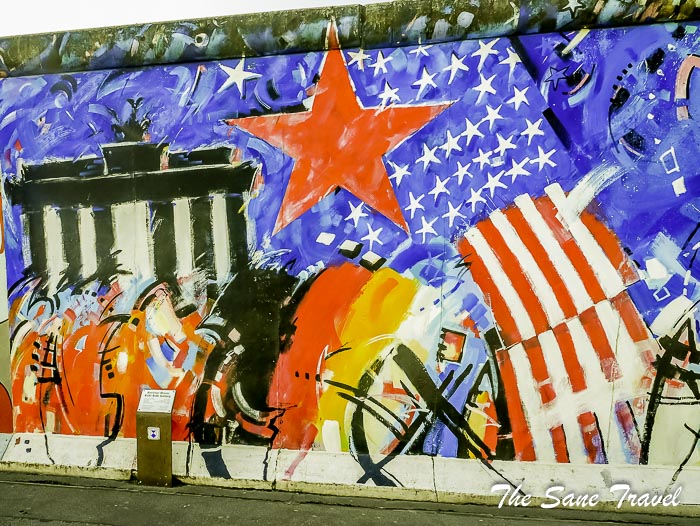
History of East Side Gallery
Soon after the fall of the Wall, German artists David Monty and Heike Stephan considered the idea of making the Wall into the longest open-air gallery in the world. 118 artists from 21 countries made paintings on the Wall, highlighting the recent political change. The gallery officially opened on 28 September 1990. The city of Berlin added the East Side Gallery to its monument register in November 1991. Now, when almost the entire Berlin gallery is gone, it is one of the few remaining relics of the border fortifications at its original location, serving as a reminder that the city was divided for 28 years. As street art is not supposed to live forever, most of the artists returned in 2009 to restore their artworks and celebrate the 20th anniversary of the fall of the Berlin Wall.
Are you ready to explore?
Begin your walk along the East Side Gallery at Oberbaumbrücke (Oberbaum Bridge), the landmark bridge that crosses the Spree River. The East Side Gallery runs along the Friedrichshain side of the Spree, the border of former East Berlin, and transforms the memory of the Berlin Wall into a symbol of hope and freedom. The murals span the Wall from Oberbaumbrücke to Ostbahnhof, a major train station. The artworks on the Wall are varied in style and symbolism. The murals symbolise both freedom and a sense of hope for the future. Some images are satirical and some commemorative, but all are made to provoke your thinking. Check compilation of artworks that caught my attention during my visit to Berlin. You might want to familiarise yourself with comments made on them.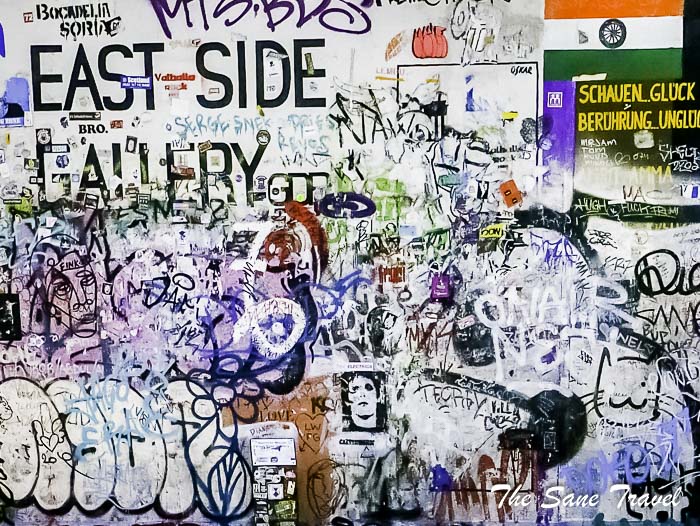
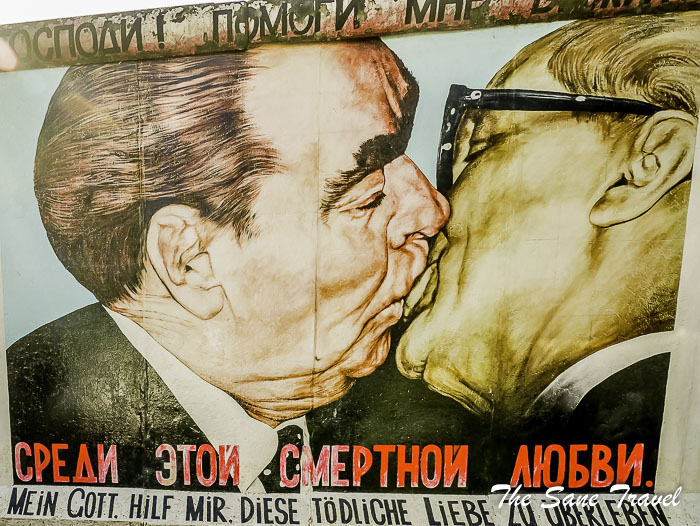
My God, help me survive this deadly love. Dmitry Vrubel’s painting in cooperation with his wife Victoria Timofeeva.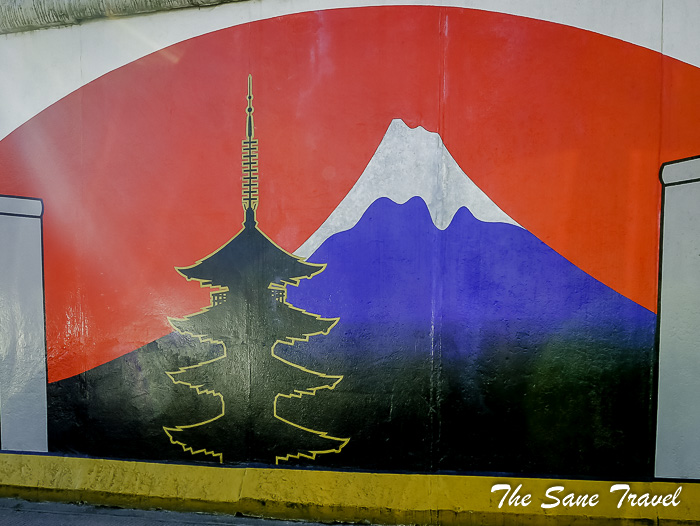
Detour to the Japanese Sector by German artist Thomas Klingenstein (1961)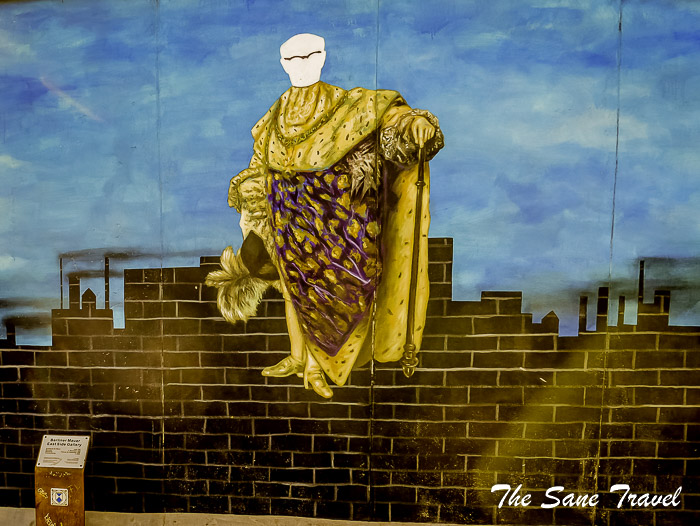
The persistence of ignorance ("Die Beständigkeit der Ignoranz") by Karsten Wenzel (1965), German artist.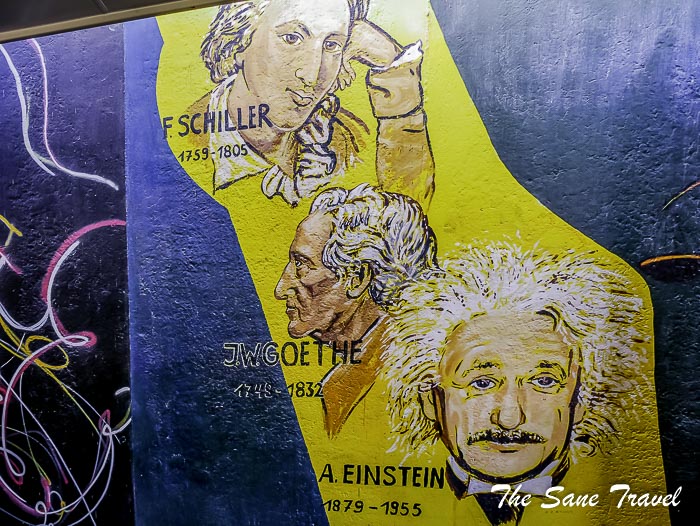
Schiller, Goethe and Einstein.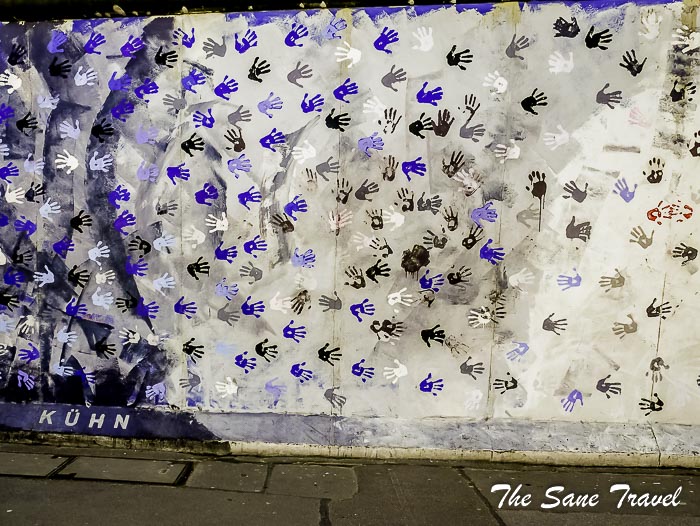
Touch the wall by Christine Kühn. Christine Kühn left handprints on the east side of the Berlin Wall (passers-by were invited to participate), as a reminder that the wall could not be touched.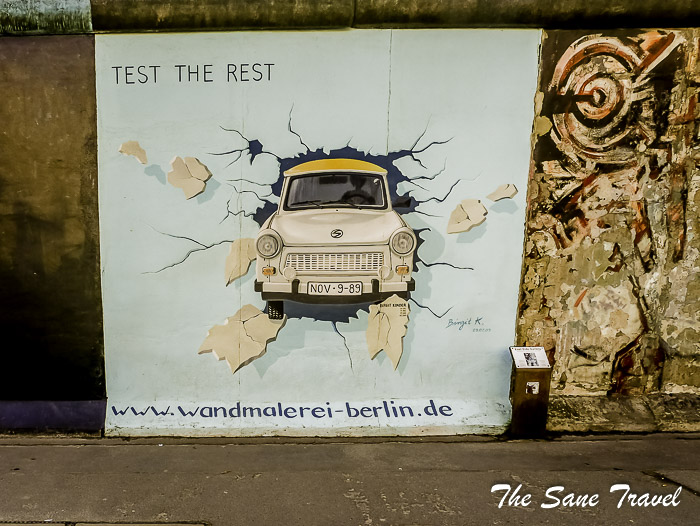
Trabi (Trabant) crashing through the Wall by Birgit Kinder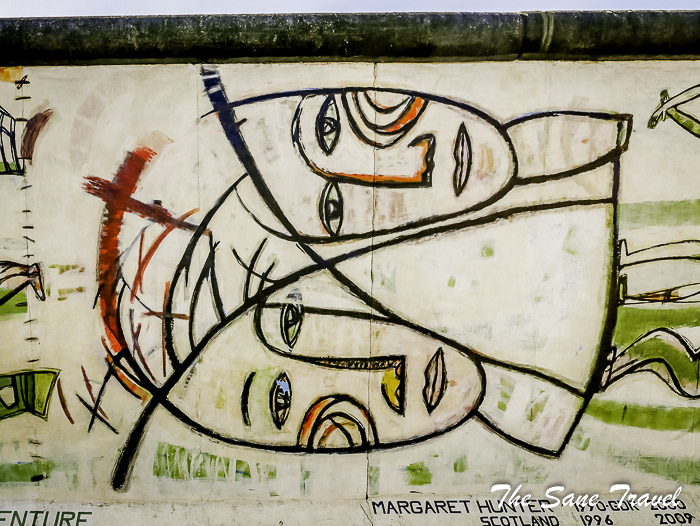
Joint Venture painting by Scottish artist Margaret Hunter (1948)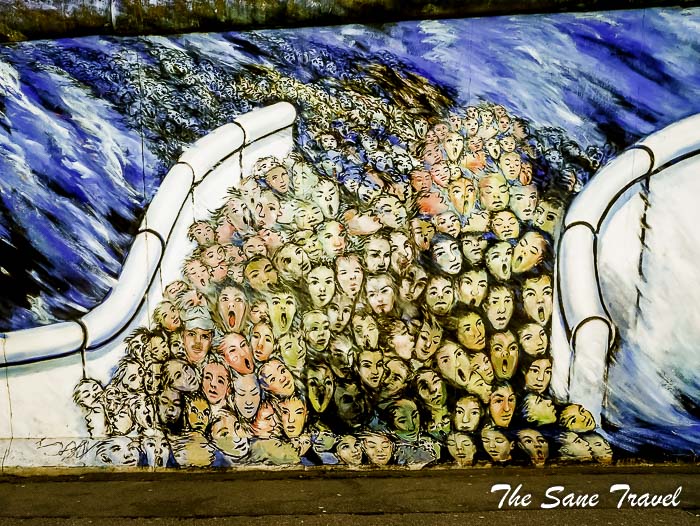
Mural It Happened in November (Es Geschah im November). It depicts the day the wall fell, with thousands of East German faces pouring through to the West. By German–Iranian painter Kani Alavi.
Untitled. By German artist Peter Lorenz (1946)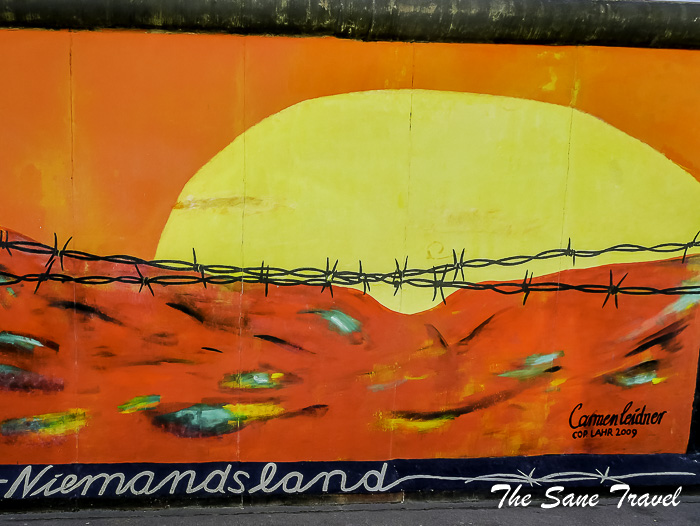
No man's land (Niemandsland). By Carmen Leidner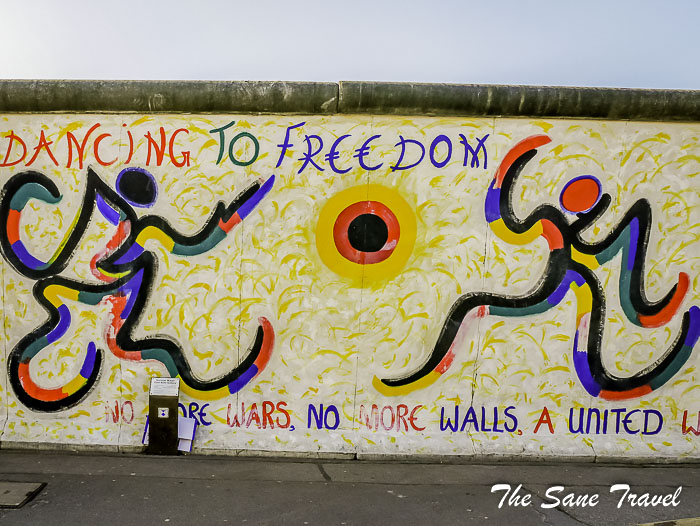
Dancing to freedom. By Jolly Kunjappu, born in India, he came to Germany in 1970 and is now a German citizen.
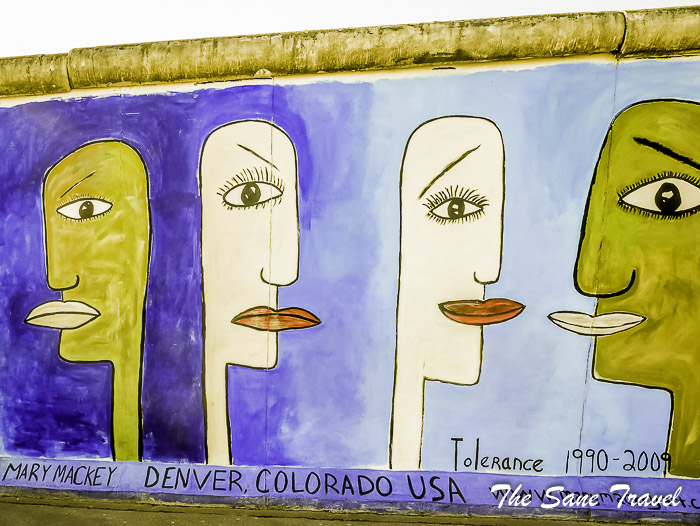
Tolerance by Mary Mackey(1959) the USA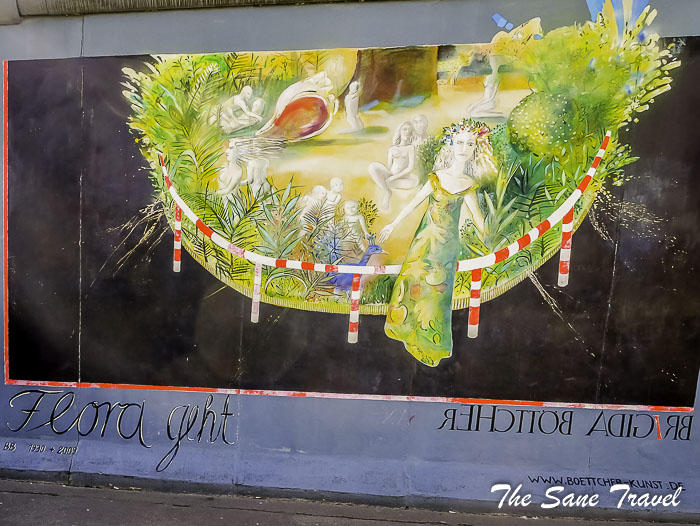
Flora is leaving (Flora geht) by Brigida Boettcher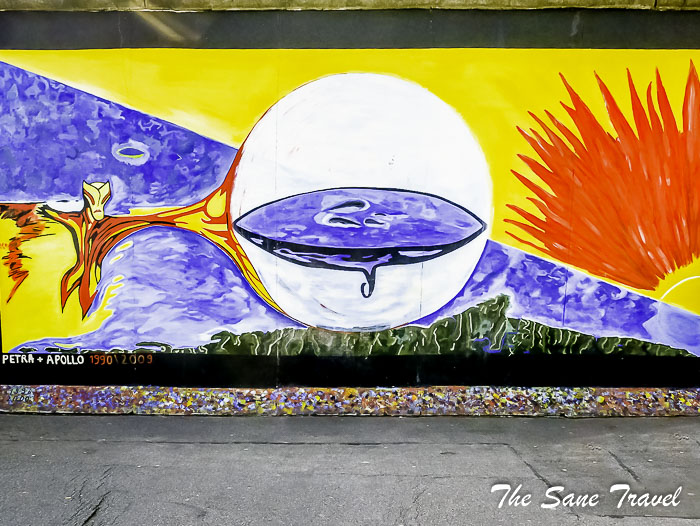
Apollo. By Petra Suntinger, Roland Gützlaff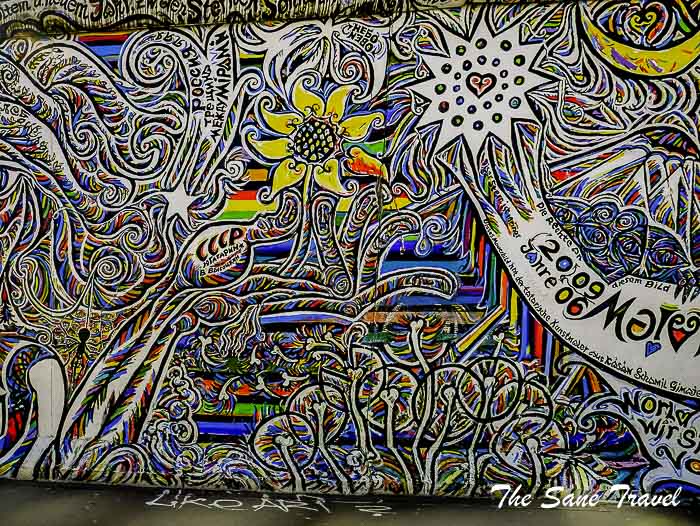
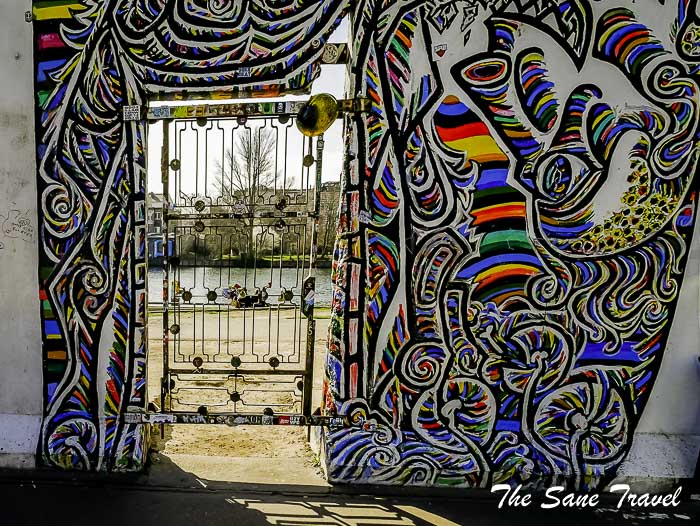
Worlds People by Schamil Gimaev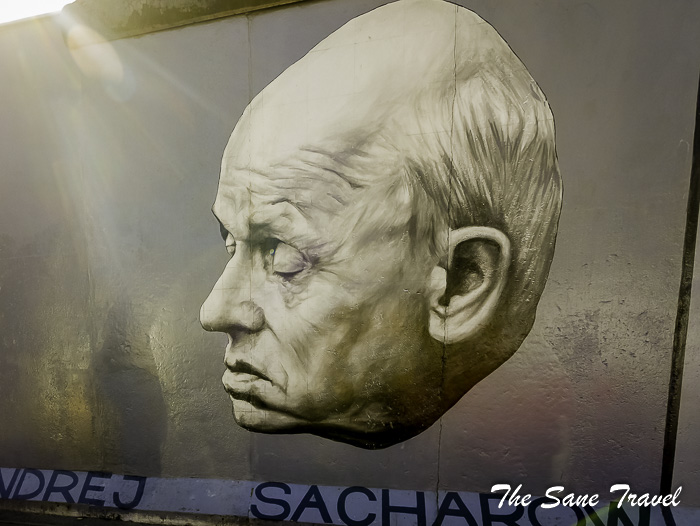
Thank you, Andrei Sakharov. Dmitry Vrubel’s painting in cooperation with his wife Victoria Timofeeva.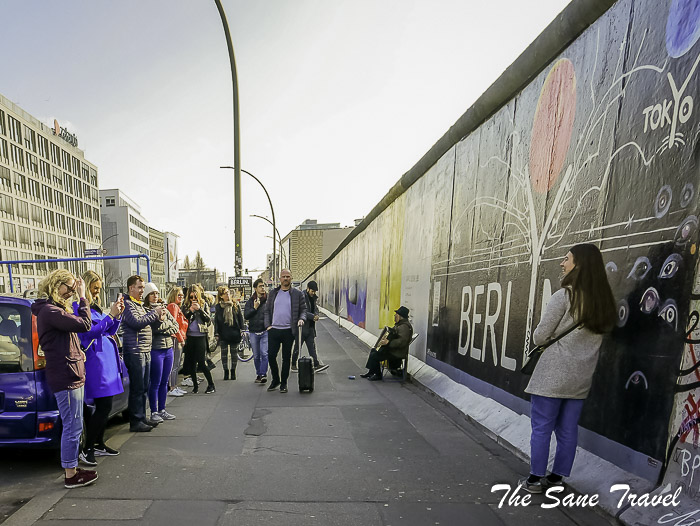
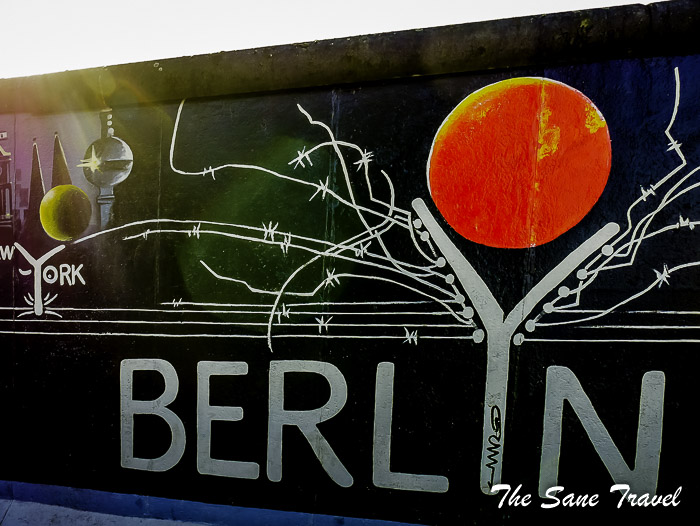
BerlYn by Gerhard Lahr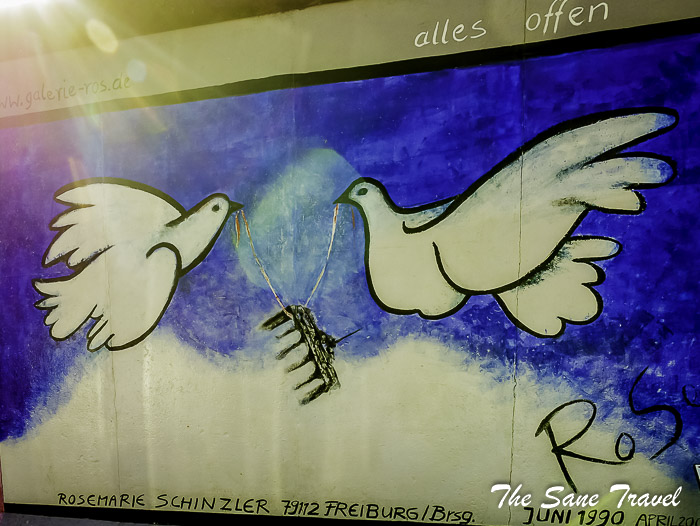
Everything is open (Alles Offen). By German artist Rosemarie Schinzler (1949)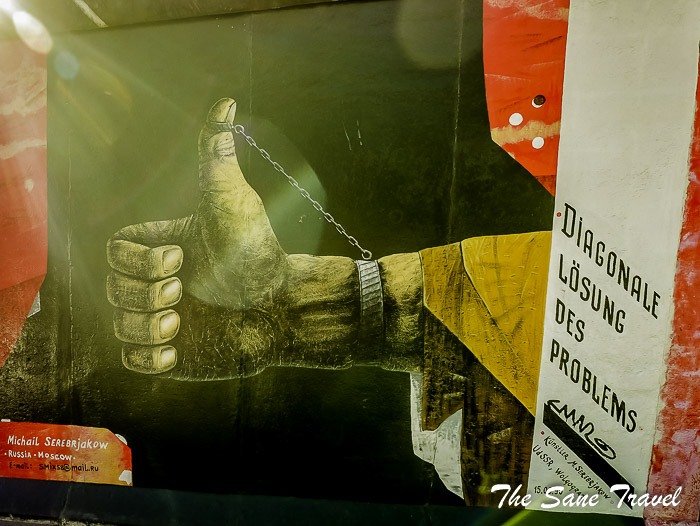
Diagonal solution of the problem (Diagonale Lösung des Problems). By Russian artists Michail Serebrjakov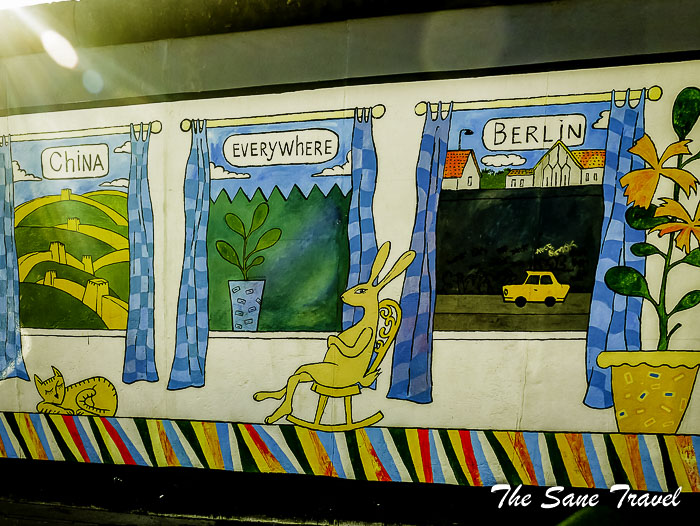
Untitled by Russian artist Aleksey Taranin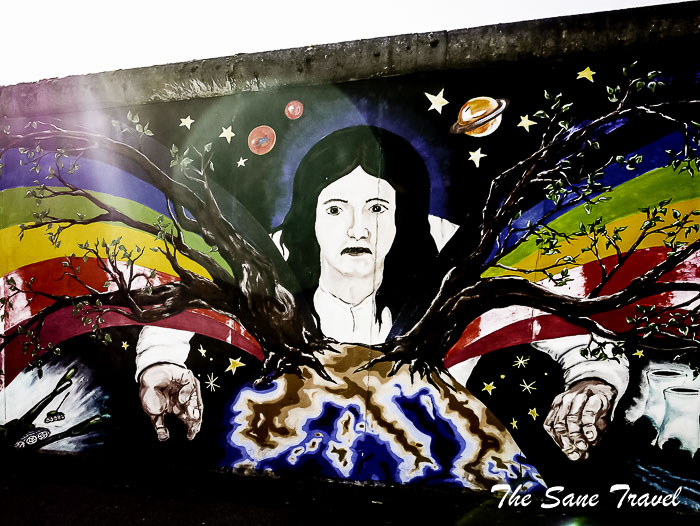
Europe's Spring by Catrin Resch, painting of Mother Nature in space with rainbow colors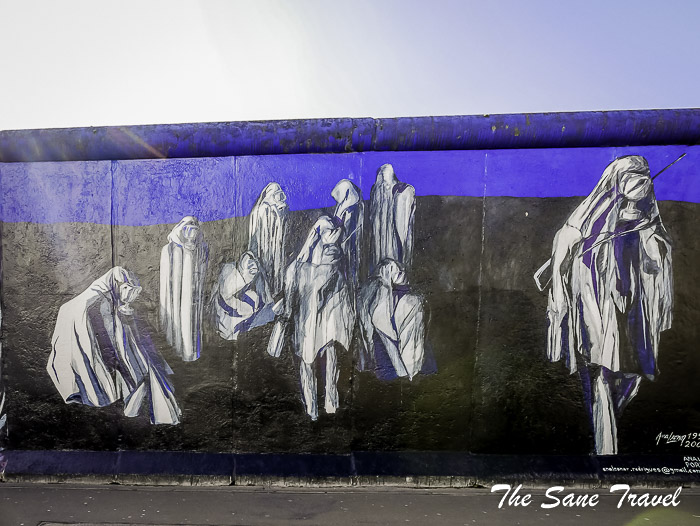
Chernobil themed painting by Portugal artist Ana Leonor Madeira Rodrigues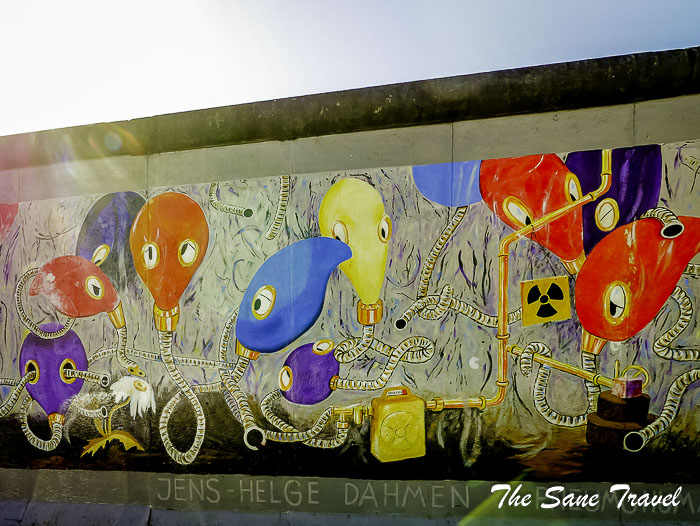
Pneumatic humanoids (Pneumohumanoiden). By Jens-Helge Dahmen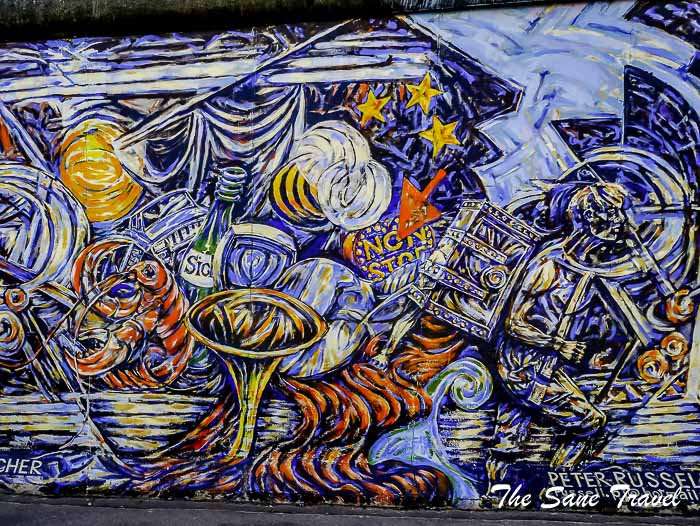
Sky and seeker (Himmel und Sucher) by Peter Russell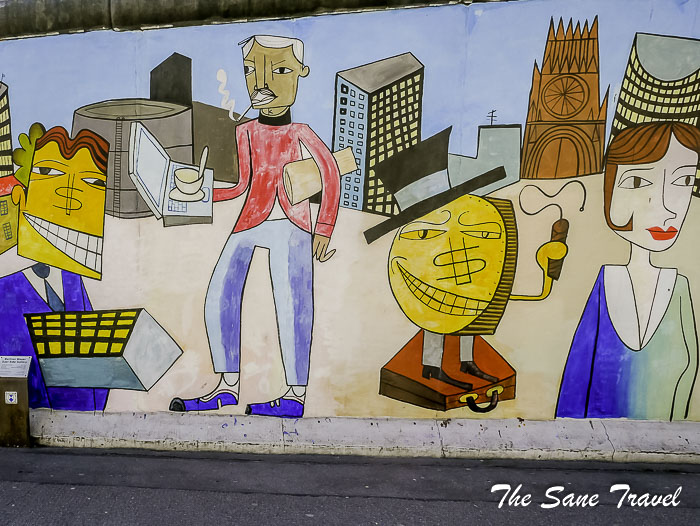
Doin it cool for the East Side, by Jim Avignon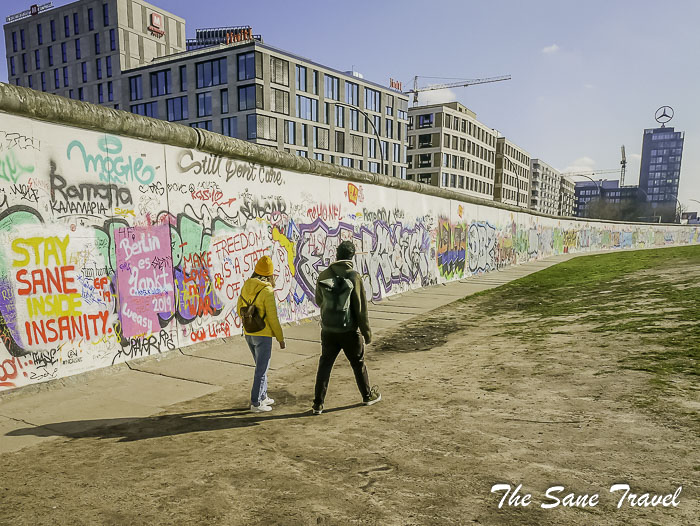
Future of the East Side Gallery
Over the years, a development boom along the Spree River has threatened to overshadow and even demolish parts of the world-famous gallery. In 2013, part of the Wall was even taken down to make space for an access road for the luxury buildings. Luckily, the Wall and surrounding properties have been transferred to the Berlin Wall Foundation in 2018, running several sites and museums in the city. The foundation has taken control of the historic wall and the property around it, and declared it will protect the site from future encroachment. Large groups of visitors are rather a problem for the gallery. Visitors tend to scribble messages on the murals and damage walls instead of just looking at them. I truly hope you are not one of them.
Practical information
The two ends of the wall are accessible by Berlin’s U-Bahn and S-Bahn network, as well as by bus, bicycle, and on foot. The East Side Gallery is open 24 hours a day and is free of charge.
Looking for more things to do in Berlin? Check this!
What did you think? Have you visited Berlin? I’d love to hear from you so please add your comments below.
Like it? Pin it!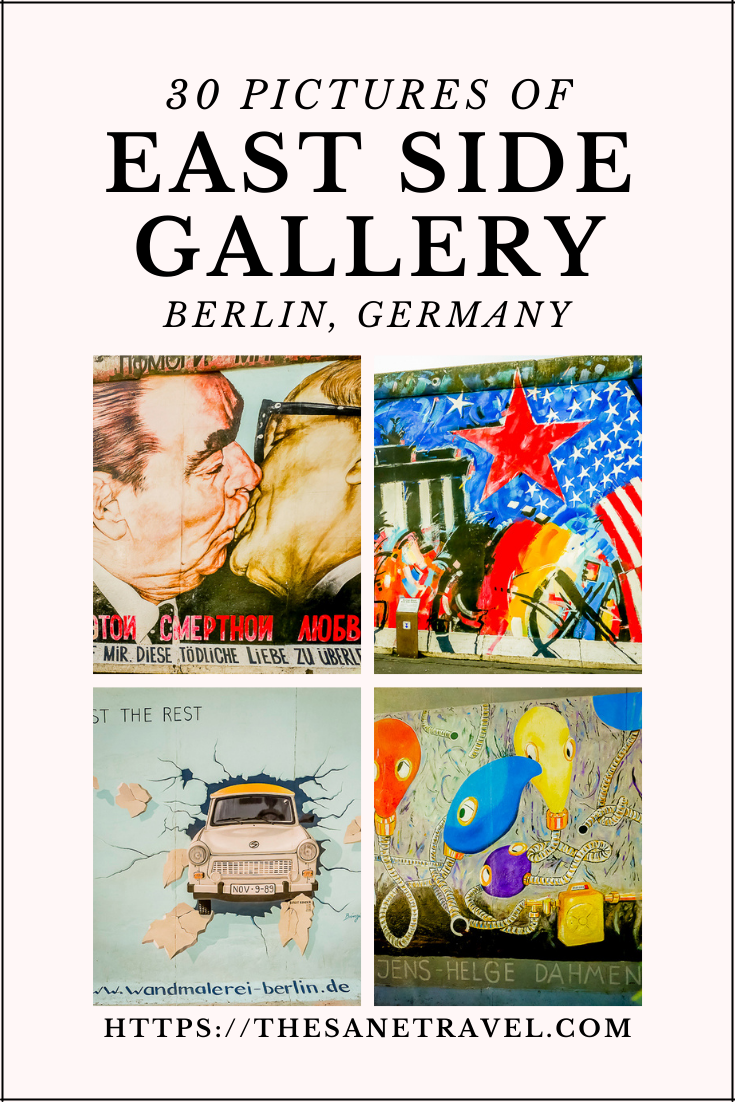
Author: Anita Sāne

About the author
Anita is a part-time traveller, passionate photographer and a retired career woman from Latvia, travelling mostly solo for more than 15 years. She is a skilled travel planner who plans and executes her travels by herself. Anita wants to show you how to travel the world and open your mind to new experiences. Follow her on Facebook, Instagram, Pinterest, Twitter and Bloglovin.

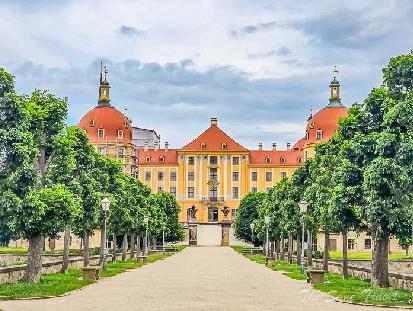
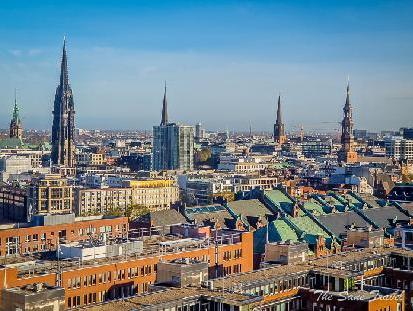
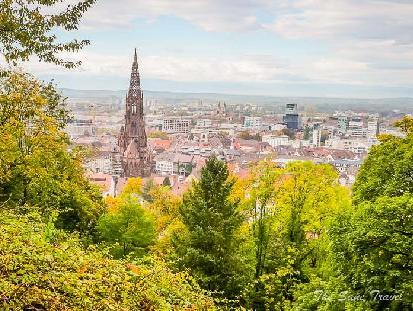
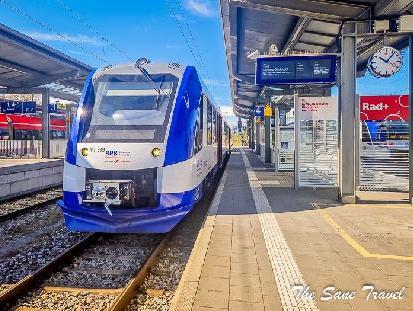
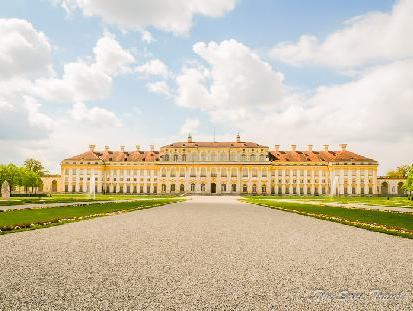
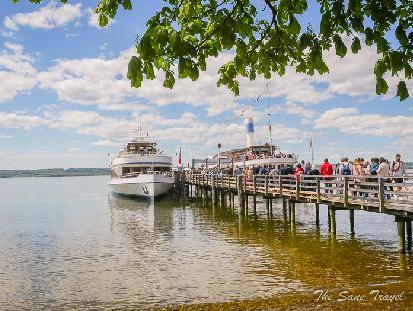
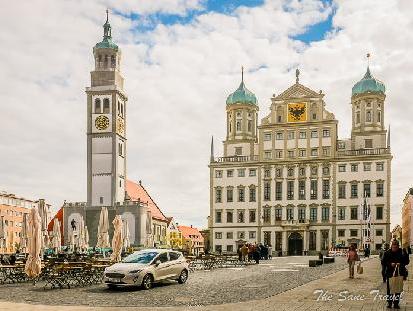
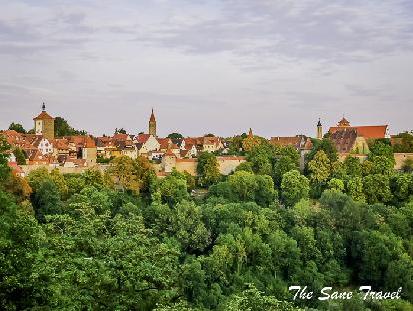
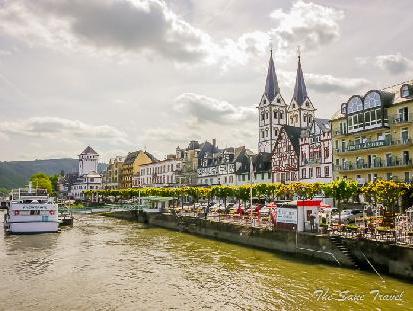
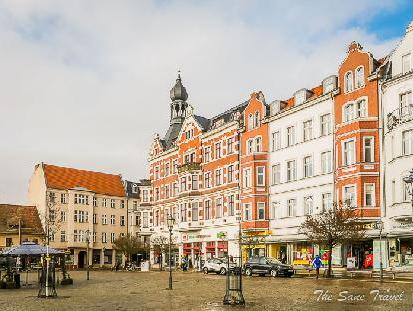
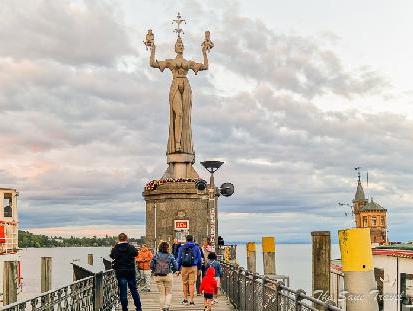
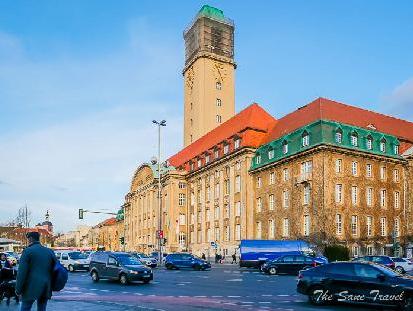

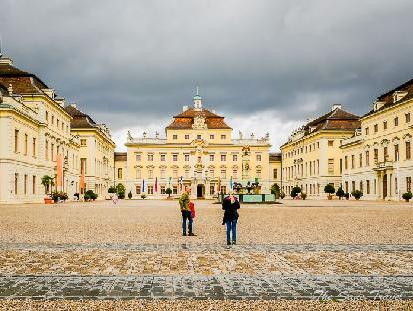
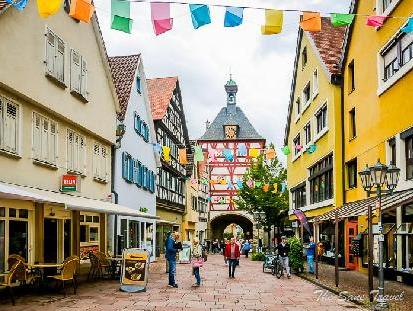
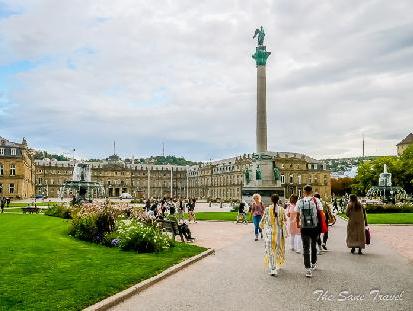

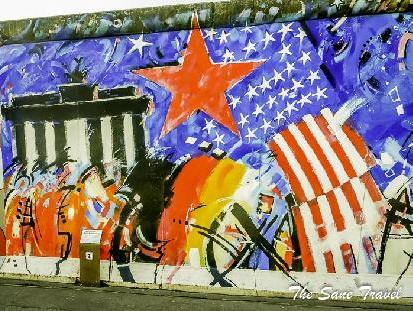
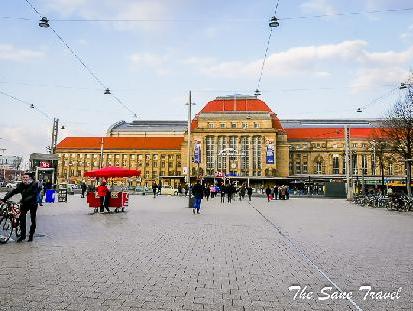
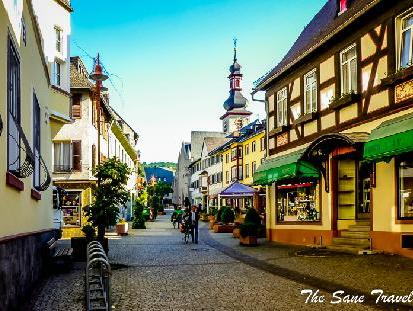
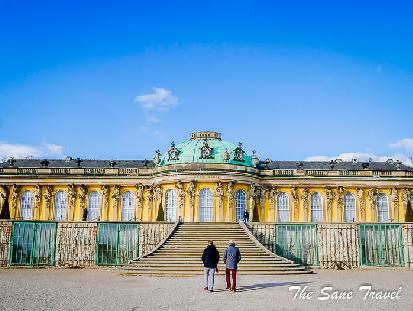
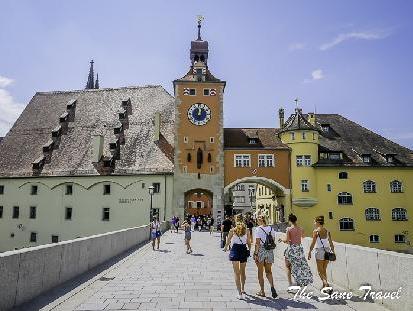
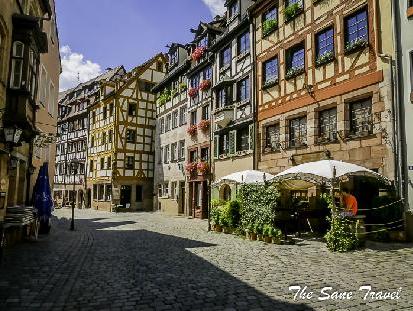
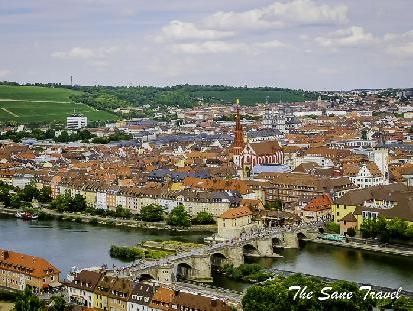
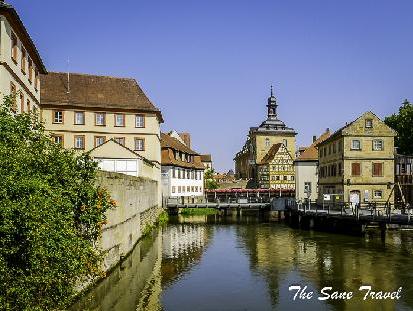
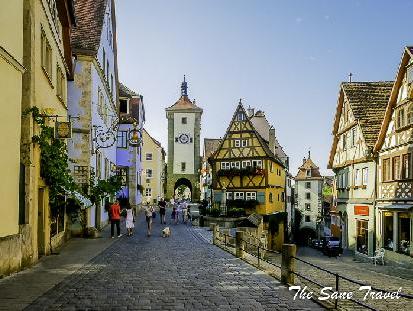
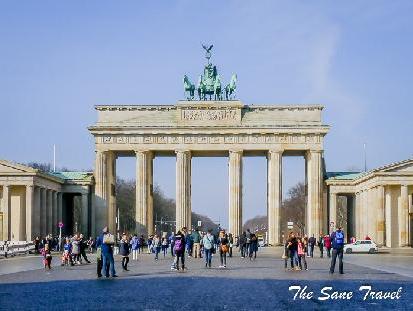
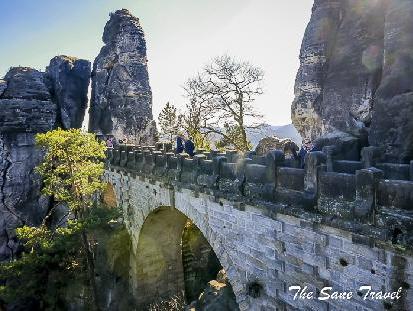
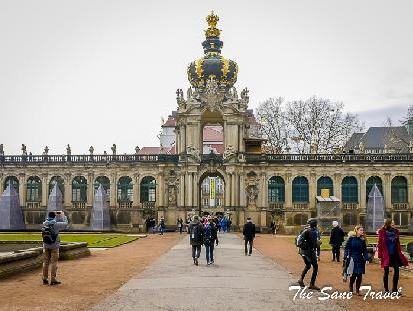
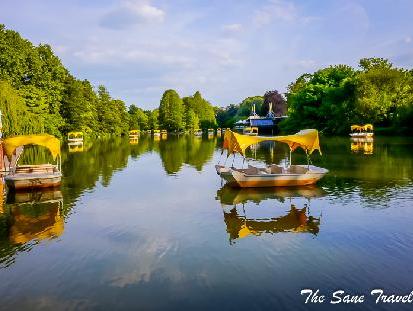
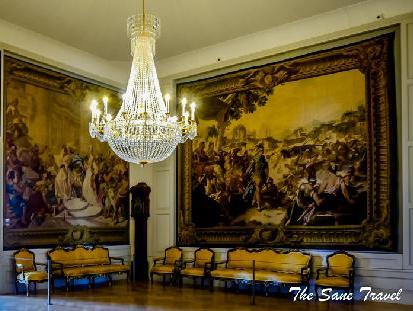
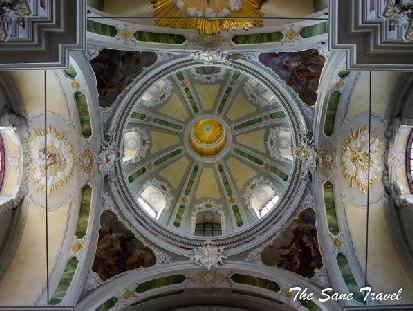
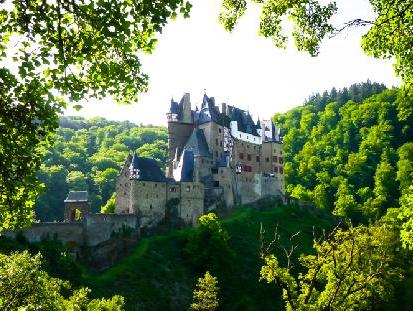
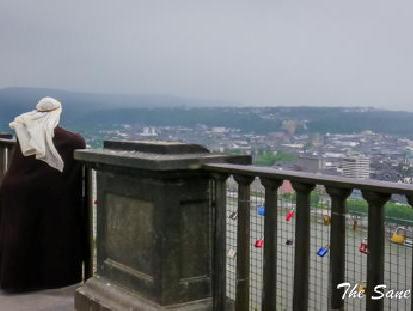
Report
My comments